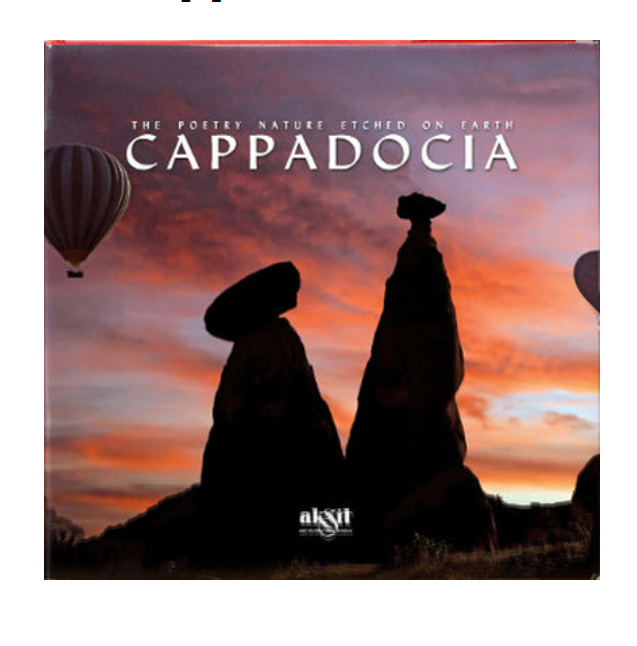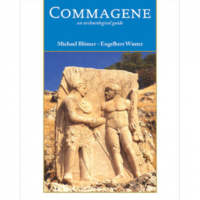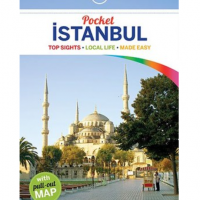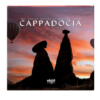The Poetry Nature Etched On Earth – Cappadocia
$329.99
Having explored Anatolia in the 1720s on behalf of King Louis XIV, Paul Lucas subsequently wrote about the region in his memoirs. This is what he had to say about Cappadocia; “The only thing I know is that I have yet to encounter a more mysterious and stranger monument than this place in all of Europe.” He was followed to the region by Charles Texier about 130 years later, who expressed his amazement with what he had seen in this manner;”I have not heard of the existence of such a continual and imaginary natural occurrence in any other place on Earth…”
Dating back millions of years ago, Cappadocia was rediscovered by Europeans during the 18th century. The region was declared one of the world’s natural and cultural sites of extraordinary beauty by the United Nations’ Education, Science and Culture Organization (UNESCO) on December 6th 1985 and put under conservation as a National Park on November 24th 1986. Its place on the Global Heritage List attests to the region’s unique character on the planet from the aspects of its geological formations, its natural heritage, as well as Cappadocia’s religious and cultural history.
With this work, we tried to examine the Cappadocia region, which garners an ever-increasingly amount of attention from both Turks and foreigners, from a wide perspective. We wanted to convey in as much detail as possible the fairy chimneys, subterranean cities, churches, other historical structures and the dovecotes unique to the region, which is defined within the provincial borders of Nevşehir, Niğde, Aksaray and Kayseri. Believing that it was extremely important to be able to get a sense of the region, the events that occurred throughout the history of Cappadocia, the role that it played during the early period of Christianity and monastery life, we covered these subjects in detail.
Number of Pages: 276
Print Year: 2014
Language: English
Brand
D & R
All the orders are shipped from Turkey via DHL. We are happy to work with a well-known shipping company.
We ship worldwide by DHL and we will inform your tracking number immediately after your order is shipped.
The preparation time is between one to four working days. The preparation time may be longer for hand made products. Those products are specifically produced for you and it is generally 7 days. If it is longer than 7 days, the details can be found in the description section of the product page.
There are two options for delivery. The first one is DHL Express and it is the faster option. Your order will be at your shipping address between 1 day to 7 days. Details are listed at the bottom. The second option is Normal shipping. Delivery time takes between 25 days to 30 days for Normal shipping. If you are not in a hurry you can always prefer this method.The shipping cost is calculated by the total price of your order. If your cart total is greater, the shipping cost will be lesser. You will earn free shipping when your order total is over 100$.
Estimated delivery times for DHL Express Shipping:
- UK: 1-3 days
- Europe: 1-3 days
- U.S.A and Canada: 2-4 days
- Middle East: 2-4 days
- South America: 2-5 days
- Rest of the World: 2-7 days
Estimated delivery times for Normal Shipping:
- All over the World: 25-30 days
For more information about our delivery service please check here.








